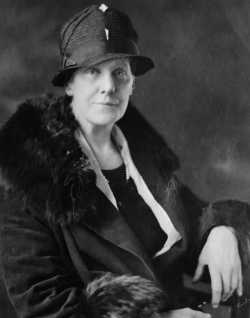The Daughter Who Started It All - A look at the life of Anna Jarvis and her conception of Mother’s Day
Every year, I find myself scrambling to finish final papers, study for exams, finish out the school year, and most importantly find something to give my mother. I’ll love my mother more than she’ll ever know, but every year around the second week of May, I end up presenting her with the same corny card or box of chocolates. While writing my senior thesis and dreading this year will end up the same, I thought, has it always been this way? As we approach Mother’s Day 2012, I figured we could take a look into the history that made the holiday what it is now.
I was surprised to find that unlike the long history of motherhood, their commemorative day isn’t all that old. A few women’s peace groups bumped around ideas in the late nineteenth century when our country was wrecked by war and overwhelmed with loss. Their efforts made an impact on a local level but never got national recognition. Ann Jarvis wholeheartedly endorsed a commemorative day for mothers in 1868, but the idea never took off by the time she reached her death in 1905.
“I was surprised to find that unlike the long history of motherhood, their commemorative day isn’t all that old.”
It would take Anna Marie Jarvis, Ann Jarvis’ daughter, to promote the holiday as we know it today. Shortly following her mother’s death, Jarvis made a promise to herself that she would establish a day to honor mothers. Initially, the day had more formal aspects that sought to commemorate mothers who had passed. In 1907, Jarvis passed out five hundred white carnations—her mother’s favorite flower—at her local church in West Virginia. After that small ceremony, a Mother’s Day campaign was formed.



Comments